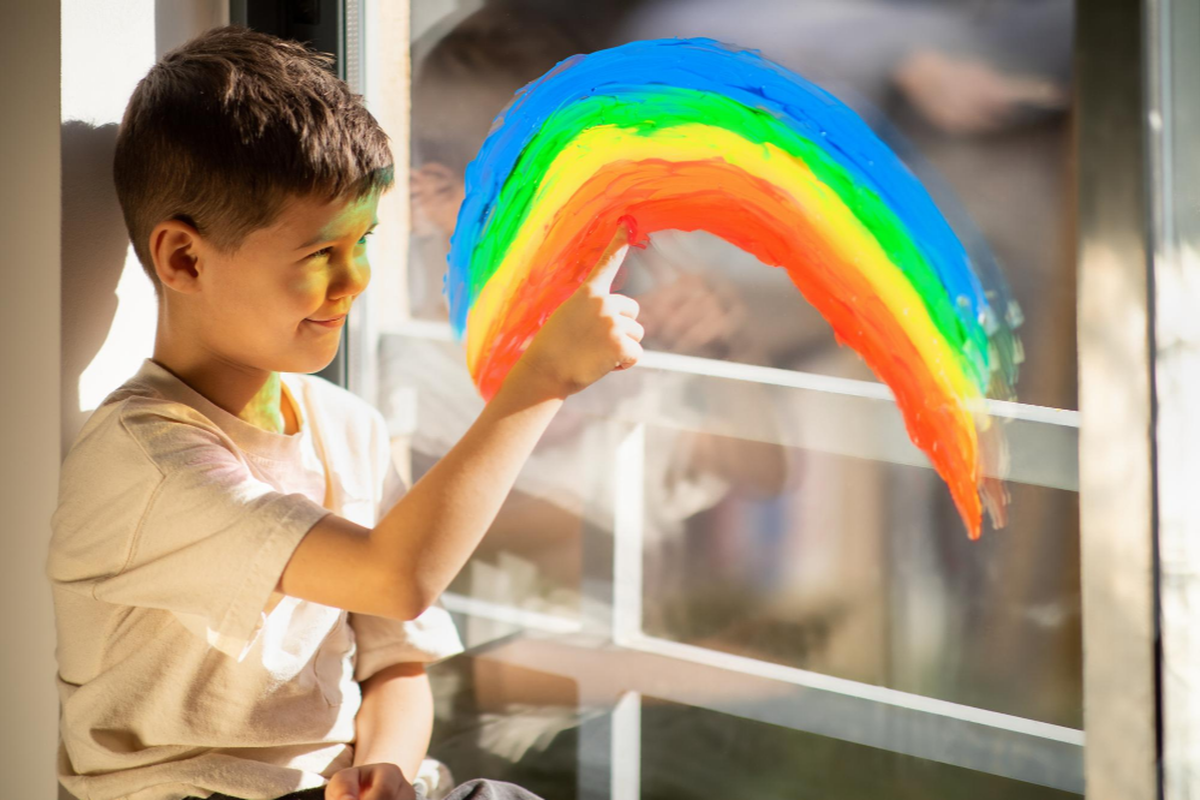Creating safe and inclusive schools for 2SLGBTQI (Two-Spirit, Lesbian, Gay, Bisexual, Transgender, Queer, and Intersex) students is essential for fostering a positive learning environment where all students can thrive.
Schools should be places where everyone feels valued, respected, and safe, regardless of their sexual orientation, gender identity, or expression.
One of the key steps in building an inclusive school is to provide education and awareness. Teachers, staff, and students need to be educated about 2SLGBTQI issues, terms, and experiences. This helps reduce stereotypes, misconceptions, and bullying. Schools can offer workshops, training sessions, or even include lessons in the curriculum that focus on diversity, equality, and the history of 2SLGBTQI communities.
By normalizing these conversations, schools send a message that diversity is something to be celebrated.
Creating supportive policies is another important aspect. Anti-bullying policies should specifically mention protections for 2SLGBTQI students. These policies need to be enforced so that students feel safe reporting incidents of bullying or harassment.
Having clear guidelines on how to address discrimination helps ensure that schools are proactive rather than reactive.
Establishing gender-neutral bathrooms and allowing students to dress according to their gender identity are also simple yet powerful ways to support 2SLGBTQI students.
Support networks, such as LGBTQI clubs or Gay-Straight Alliances (GSAs), can provide a safe space for students to express themselves and find community. These groups can help reduce feelings of isolation and promote a sense of belonging.
Encouraging teachers and staff to act as allies can also make a big difference. When students know that trusted adults are advocating for them, it can help create a more welcoming environment.
Open communication is key. Schools should create an atmosphere where students feel comfortable talking about their identities without fear of judgment or punishment. Encouraging dialogue among students, staff, and parents can help build understanding and empathy. Listening to 2SLGBTQI students’ needs and concerns is essential in making them feel heard and valued.
By focusing on education, policies, support networks, and open communication, schools can create a space where 2SLGBTQI students feel safe, included, and able to reach their full potential. A school that embraces diversity benefits everyone, fostering a culture of respect and kindness.

